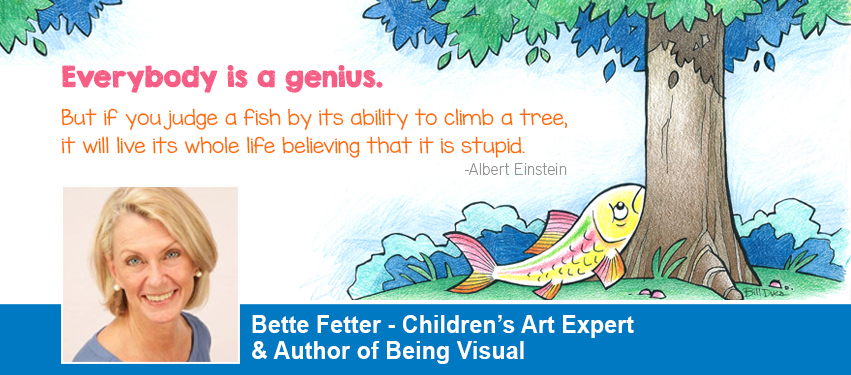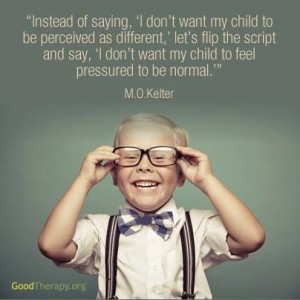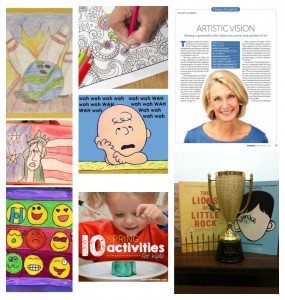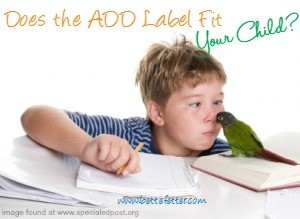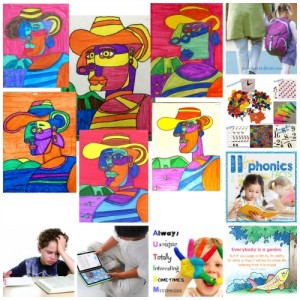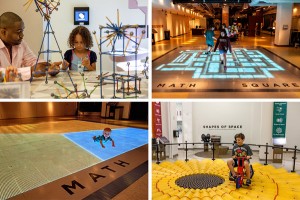Your Child is a Visual Thinker
 Your child is a visual thinker. By understanding how your visual child learns you can better support them in the areas in the classroom they find challenging. Here’s what it means to be a visual learner.
Your child is a visual thinker. By understanding how your visual child learns you can better support them in the areas in the classroom they find challenging. Here’s what it means to be a visual learner.
 Your child is a visual thinker. By understanding how your visual child learns you can better support them in the areas in the classroom they find challenging. Here’s what it means to be a visual learner.
Your child is a visual thinker. By understanding how your visual child learns you can better support them in the areas in the classroom they find challenging. Here’s what it means to be a visual learner.
